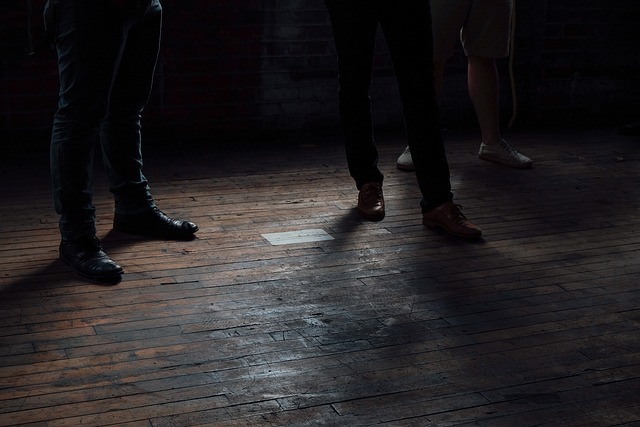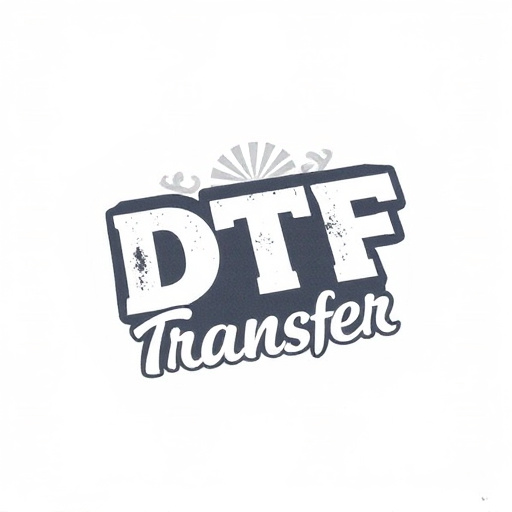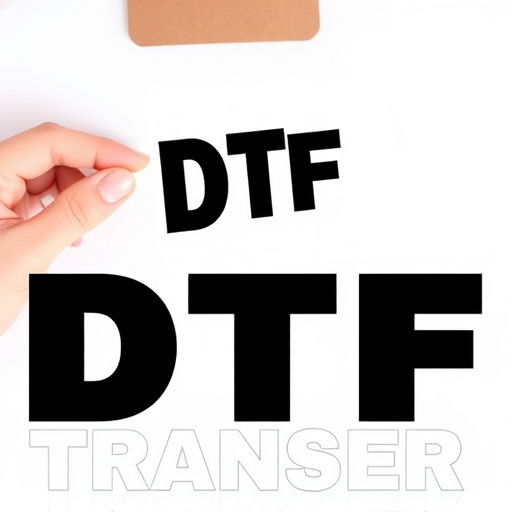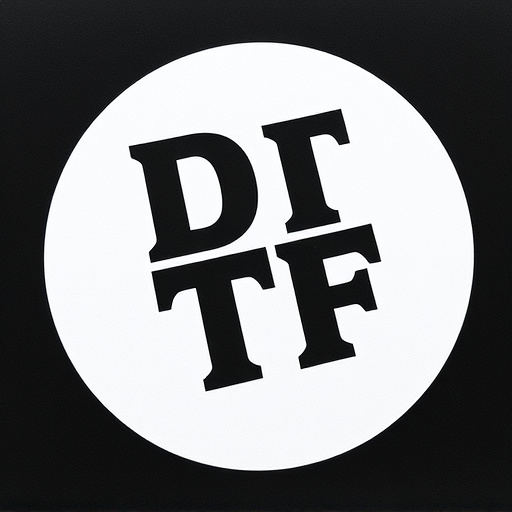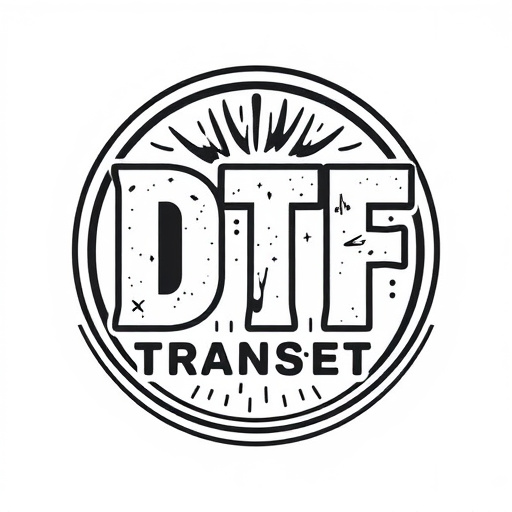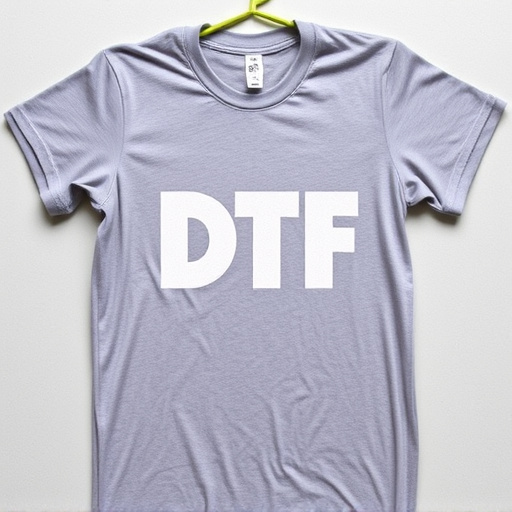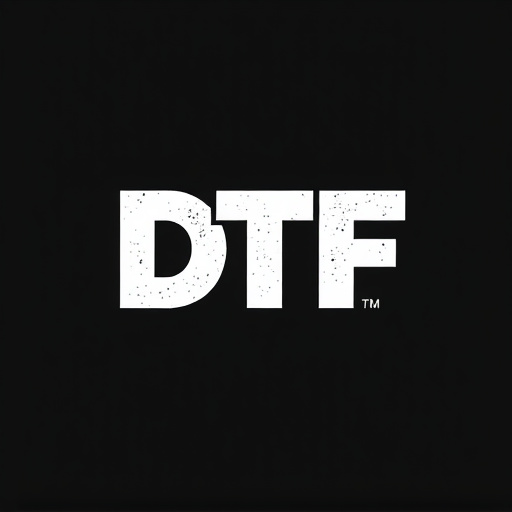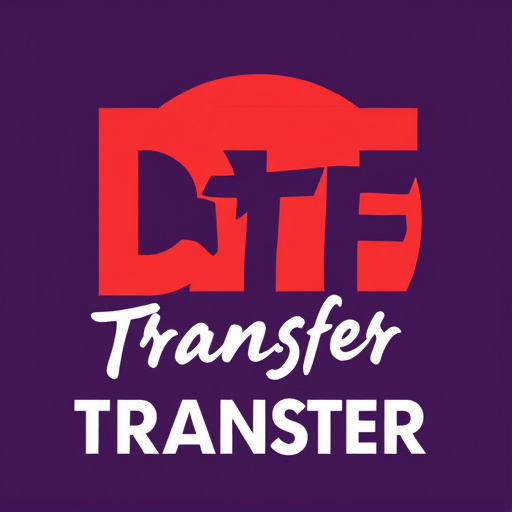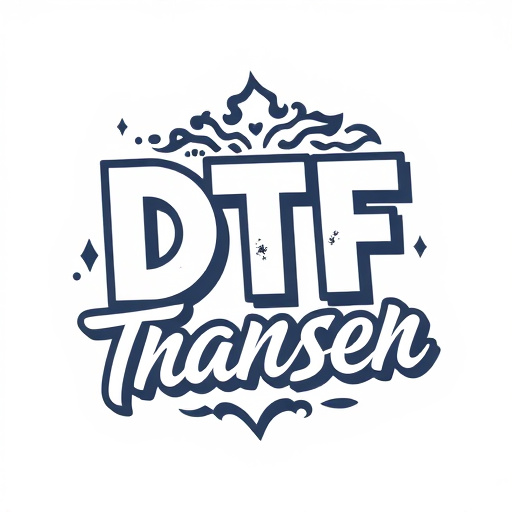Direct to Fabric (DTF) Transfer technology is revolutionizing the apparel industry by offering high-quality, durable prints on stretchy fabrics, notably in activewear and performance clothing. DTF printing's versatility, simplicity, and vibrant color capabilities enable dynamic personalized designs that move with the wearer. Using specialized software and high-resolution printers, intricate patterns are transferred to flexible films for optimal adhesion and durability on various materials. The future of DTF transfers looks promising with advanced substrates, efficient processes, and faster production times, catering to the industry's demand for customization and rapid prototyping.
Discover the revolutionary world of DTF (Direct-to-Film) Transfer Technology, a game-changer for flexible film transfers on stretchy fabrics. This cutting-edge process allows for dynamic designs that move and stretch seamlessly with the fabric, opening up endless possibilities in fashion and apparel design. From understanding the technology behind DTF prints to exploring future trends, this article delves into the advantages, applications, and creative potential of DTF Printing.
- Understanding DTF Transfer Technology
- Advantages of DTF Transfers for Stretchy Fabrics
- Applications in Fashion and Apparel Industry
- The Process: From Design to Print
- Choosing the Right Materials and Equipment
- Future Trends and Innovations in DTF Printing
Understanding DTF Transfer Technology
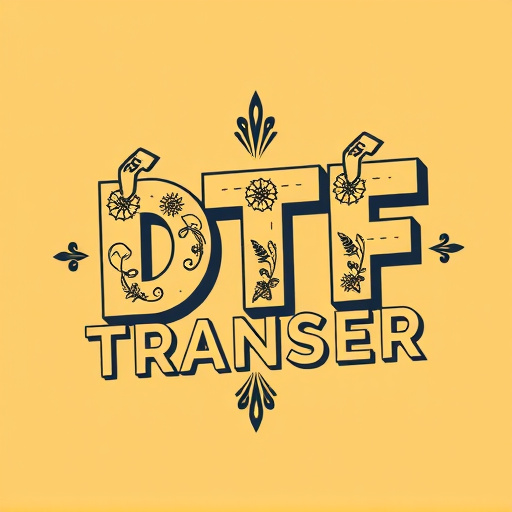
The world of printing and imaging has seen a revolutionary shift with the emergence of Direct to Fabric (DTF) Transfer technology. This innovative process allows for the application of designs directly onto stretchy fabrics, opening up a whole new realm of possibilities for apparel customization. DTF involves a precise transfer of ink or dye from a film or plate onto a fabric surface, ensuring vibrant and long-lasting DTF prints. The beauty of this method lies in its versatility; it can be used on various fabrics, from cotton to polyester, enabling designers and manufacturers to create unique, stretchable garments.
Traditional printing methods often struggle with maintaining clarity and color intensity on elastic materials, but DTF Transfer technology overcomes these challenges. It offers a high-quality, durable solution for DTF printing, making it ideal for activewear, sports gear, and other performance fabrics where both style and functionality are essential. This cutting-edge approach to fabric decoration is transforming the apparel industry, allowing for more dynamic and personalized designs that move with the wearer’s every step.
Advantages of DTF Transfers for Stretchy Fabrics
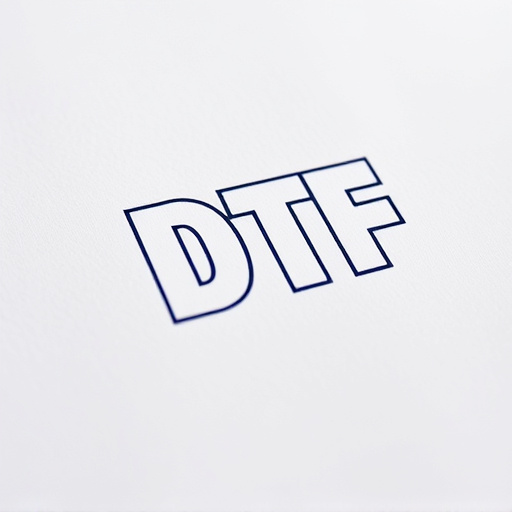
Flexible film transfers, particularly Digital Thermal Transfer (DTF) technology, offer significant advantages when applied to stretchy fabrics. One of the key benefits is the ability to produce high-quality, durable prints that move and stretch with the fabric, ensuring no loss of image integrity or resolution. DTF Transfers provide a direct-to-fabric printing method, eliminating the need for intermediate materials, which can simplify production processes and reduce waste.
Moreover, DTF Printing allows for a wide range of design possibilities, including vibrant colors and intricate details, making it suitable for various applications such as athletic wear, activewear, and even fashion garments. The flexibility of DTF Transfers means that they can be applied to different fabric types and shapes without compromising print quality, opening up opportunities for unique and dynamic product designs in the apparel industry.
Applications in Fashion and Apparel Industry
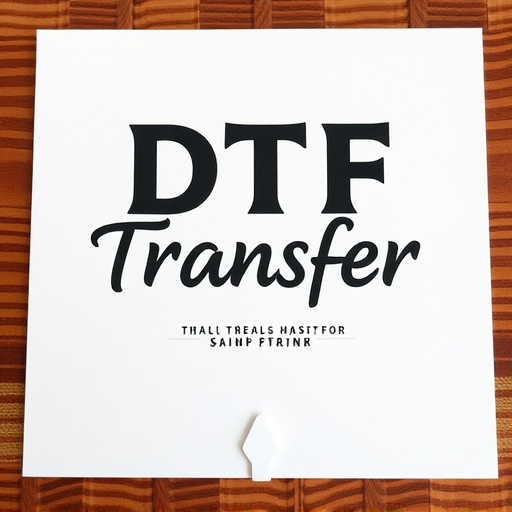
The fashion industry is constantly evolving, and flexible film transfers like DTF (Direct to Fabric) printing have emerged as a game-changer. This innovative technology allows designers to create dynamic and stretchable prints on various fabrics, pushing the boundaries of traditional textile design. By using DTF transfers, fashion designers can achieve intricate and vibrant DTF prints that move and adapt with the fabric’s natural stretch, ensuring comfort and style.
In the apparel sector, DTF Transfer technology has found numerous applications. It is particularly useful for activewear and sports clothing, where performance and flexibility are key. Manufacturers can now print elaborate designs on stretchy materials without compromising their structural integrity, resulting in visually appealing garments that maintain their shape during intense activities. This method also opens up opportunities for unique and personalized fashion statements, allowing customers to express their individuality through stretchable DTF prints on clothing and accessories.
The Process: From Design to Print
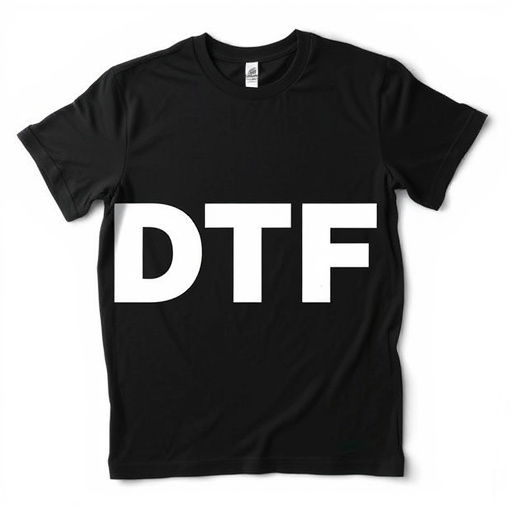
The process of creating flexible film transfers that move with stretchy fabrics begins with meticulous design work. Designers craft intricate patterns and images using specialized software, ensuring they are optimized for DTF (Direct to Film) transfer methods. Once the design is finalized, it’s time for printing. DTF Printing involves transferring the precise designs onto a flexible film medium, enabling it to mimic the stretchiness of fabrics. This meticulous process requires high-resolution printers and precision techniques to produce sharp, vibrant DTF Prints that can endure the demands of flexible materials. Each step, from initial concept to final print, is crucial in achieving visually stunning and durable results.
Choosing the Right Materials and Equipment
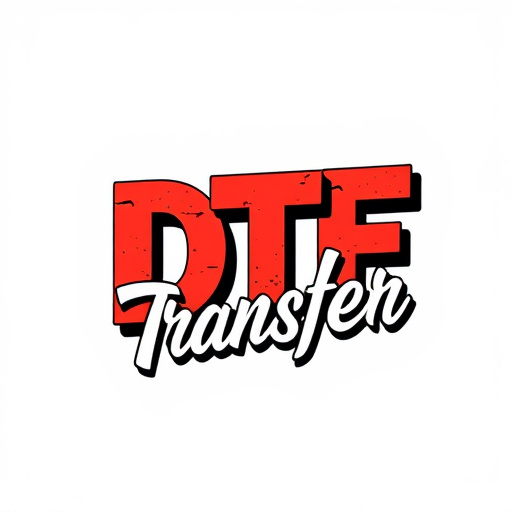
When it comes to creating flexible film transfers for stretchy fabrics, selecting the right materials and equipment is paramount. The process, often referred to as DTF (Direct to Film) Transfer or DTF Printing, demands precision and compatibility with stretchable substrates. Choosing the appropriate DTF transfer films ensures optimal adhesion and long-lasting durability on fabric surfaces, be it synthetic or natural fibers.
For DTF prints, high-quality materials like specialized adhesive-backed films and stretchable sublimation paper are essential. These ensure that designs retain their vibrancy and definition while allowing for seamless movement with the fabric. Additionally, precise printing techniques, often achieved through advanced printers designed for DTF transfer, play a crucial role in producing sharp DTF prints, making them suitable for various textile applications, from apparel to home decor.
Future Trends and Innovations in DTF Printing
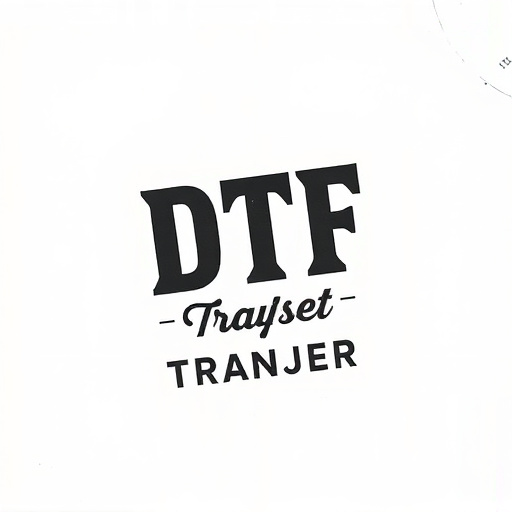
The future of DTF (Direct to Film) transfers looks promising, with continuous innovations pushing the boundaries of what’s possible. One exciting trend is the development of stretchable film substrates that can accommodate the movement and flexibility of stretchy fabrics. This advancement opens up a world of possibilities for creating dynamic, durable DTF prints on garments and other materials. By enabling precise color reproduction and intricate design details, manufacturers can deliver high-quality, visually appealing products that move with the fabric.
Additionally, advancements in DTF printing technology are driving faster production times and enhanced efficiency. Improved printers, inks, and curing processes allow for quicker turnarounds without compromising on print quality. This trend is particularly significant in the fashion industry, where rapid prototyping and customization are becoming the norm. With these innovations, businesses can offer personalized, on-demand DTF prints, catering to consumers’ desires for unique and versatile garments.

